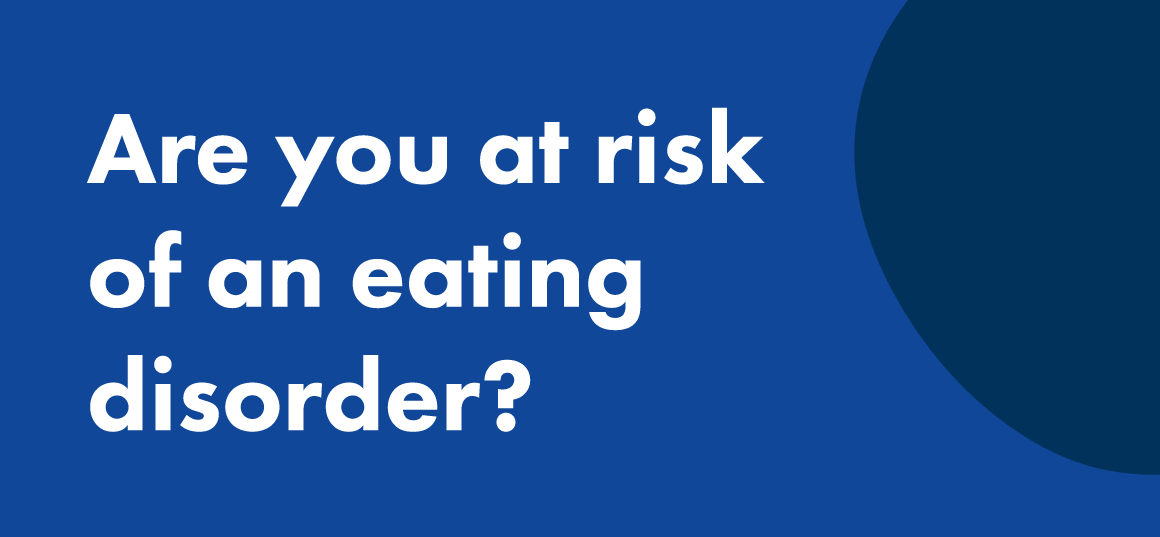Reconciliation & inclusion
Almost 1 in 10 Australians will experience an eating disorder in their lifetime, yet only 30% of those people will receive treatment.
That’s why, at Butterfly, we’re committed to increasing access to diagnosis, treatment and support for all people living with a body image issue or eating disorder. No matter your size, shape, age, abilities, gender identity, sexual identity, cultural identity, language, economic status, profession or location—or anything else that makes you the person you are—we are here to support you. At Butterfly we celebrate and value diversity.
We know that some groups are more vulnerable to systemic prejudice, abuse, and psychological stress. While we honour the resilience and strength of communities and individuals, we also acknowledge that psychological stress can lead to mental ill-health, eating disorders and body image issues.
Butterfly’s Reconciliation Action Plan
In association with Reconciliation Australia, we have developed a Reflect Reconciliation Action Plan (RAP). This is Butterfly’s second Reflect RAP. Our first Reflect RAP was a defining endeavour for our organisation; it brought us greater understanding of Aboriginal and Torres Strait Islander experience in Australia and showed us ways we can better support and engage with the community.
Balang Balang meaning Butterfly, was created by Worimi women Liz Dale to tell three stories. The first story it tells is of the miraculous 4 stage life cycle of how a butterfly comes into being. Theses stages then set the scene to tell the story of the how the butterfly foundation will progress through the reconciliation process to honour their commitment for reconciling with Aboriginal Australia.
The Egg, surrounded by people meeting and yarning represents the Reflect stage where the Butterfly foundation have met with Aboriginal advisors to decide on their vision for reconciliation.
The Innovate stage is represented by the Larva which is surrounded by leaves and nuts to show how the butterfly foundation will spend time developing and piloting innovative strategies to grow their relationships and networks.
The Pupa represents the Stretch stage where the Butterfly foundation will work internally to embed reconciliation practices into their business strategy and achieve RAP goals. Finally, the emerging butterfly represents the Elevate stage where the Butterfly foundation will emerge as a strong ally and leader in the work to create societal change and empower Aboriginal and Torres Strait Islander peoples.
The final story told in this artwork is of the artists own journey to recover from an eating disorder. Just as a butterfly undergoes a complete metamorphosis, the artist also found that recovering from Anorexia required a complete physical, emotional, spiritual and cultural transformation. The progressive creation of new life shown through each panel, was designed to show fellow peers with lived or living experience that eating disorder recovery involves time and effort but it so worth it as you will emerge as a stronger, better and more vibrant self.
Butterfly has various offices and locations across Australia, and so we acknowledge the Traditional Owners and Custodians of the lands on which all of our staff are living, learning and working.
We acknowledge the Cammeraygal people, the Traditional Owners and Custodians of this land on which we gather and pay our respects to the Elders past, present and future.
We acknowledge and pay respect to the Bunurong Boon Wurrung and Wurundjeri Woi Wurrung peoples of the Eastern Kulin Nation, the Traditional Owners and Custodians of the land, and pay respect to the Elders past, present and future.
We acknowledge the Muwinina people, the Traditional Owners and Custodians of this land, and pay respect to the Elders past, present and future. We acknowledge today’s Tasmanian Aboriginal community who are the custodians of this land.
We acknowledge the Kabi Kabi people who are the Traditional Owners and Custodians of the land upon which our Wandi Nerida facility is built and pay respect to the Elders past, present and future. As a place of gathering and healing, Wandi Nerida hopes to continue the connection with land and people.
Get involved
If you have lived experience of an eating disorder or body image issue, or you are the family or friend of someone who does, and you also identify with an underserved group, please email us at comms@butterfly.org.au. We’d love to talk to you.






















